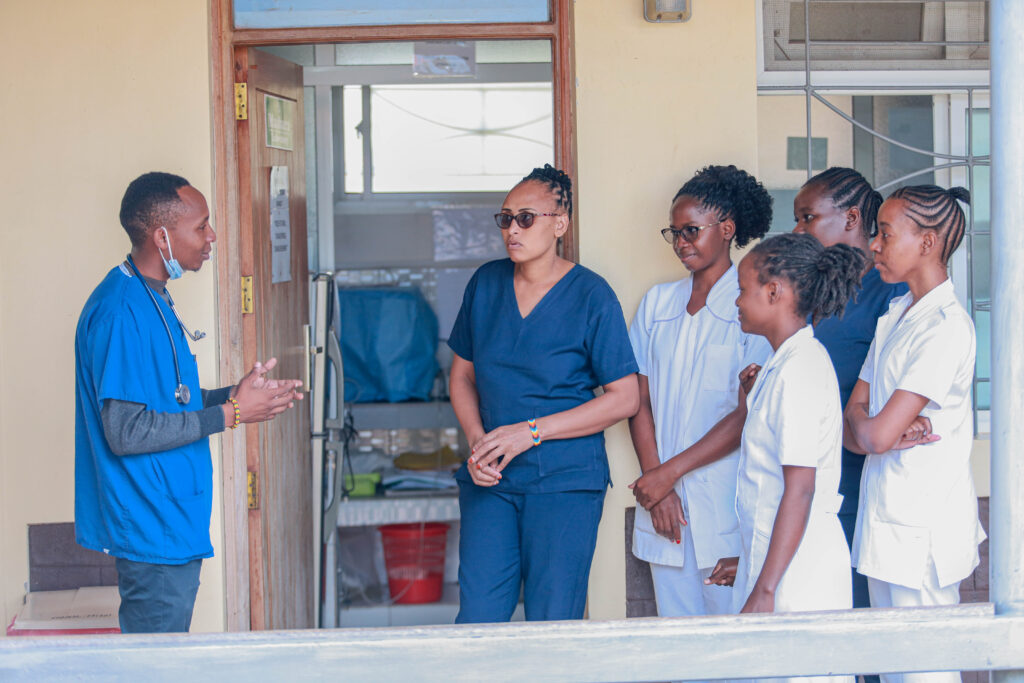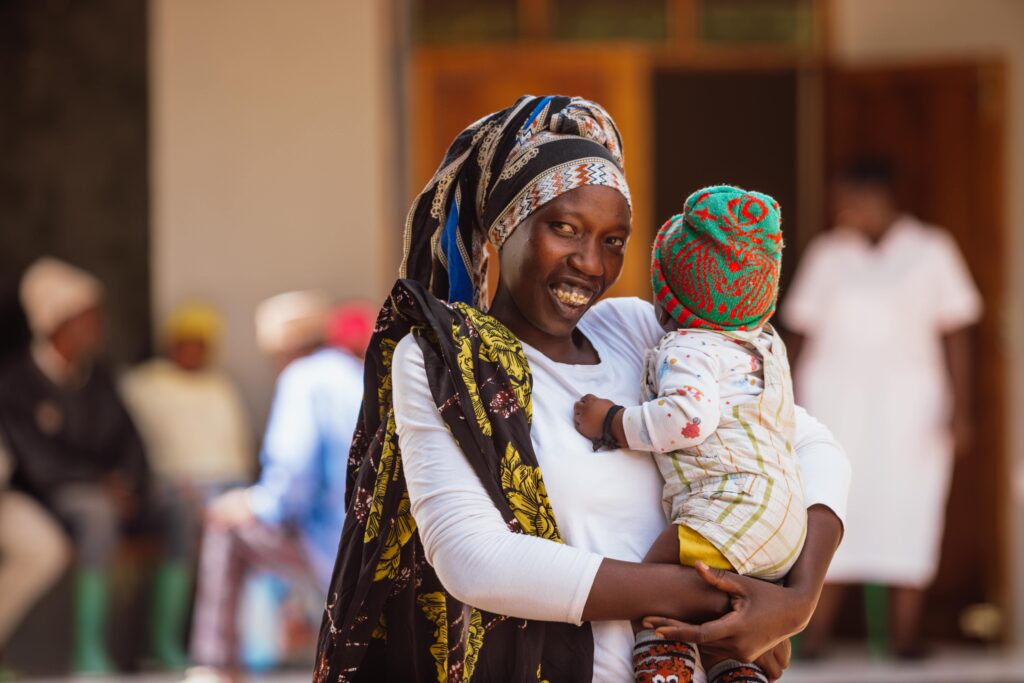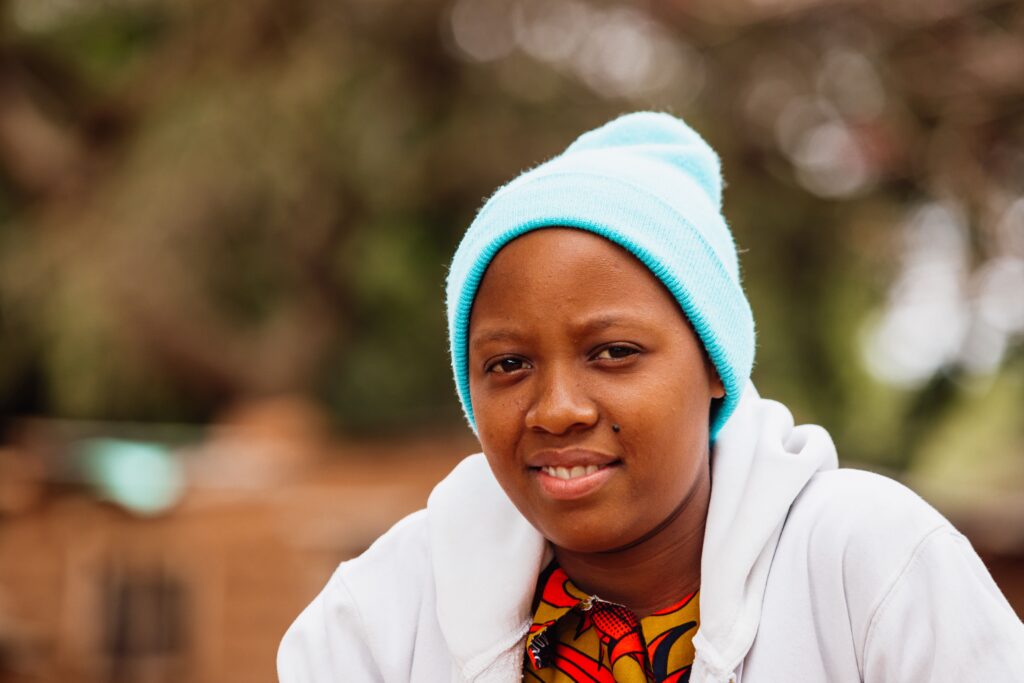UNICEF
Benjamin Mkapa Foundation (BMF) in collaboration with the Ministry of Health (MOH), the President’s Office Regional and Local Government Authorities (PORALG) and the Regional and Local Government authorities with funding support from UNICEF implemented a project which aimed at strengthening and scale-up of community health systems and structures interventions as a means of improving maternal, child health, nutritional services and response to disease outbreaks like COVID19 outbreak
Through this project, BMF have trained, deployed and supported community health workers (CHWs) to deliver integrated services with focus on adolescent sexual and reproductive health, maternal and child health, Gender based violence, nutrition services, preparedness and response to disease outbreaks and addressing challenges of rural and urban health in focus regions.
Target beneficiaries
- Adolescent girls and young boys aged between 10-24yrs
- Pregnant and lactating mothers
Project Implementation
National level
Strengthening the enabling environment for effective coordination and delivery of integrated CBHS in line with national policy and operational guidelines.
Sub-national level:
Enhancing capacities of LGAs for delivery of integrated CBHS particularly on training and deployment of CHWs including in health emergencies.
Enhancing capacities of LGAs for scale up and coordination of implementation of CBHS including planning, joint monitoring, supportive supervision, and mentorship.
The project is currently implemented in all councils of Mbeya , Songwe and Dar es Salaam regions. In Mbeya region the project covers 54 wards and 260 villages/streets, Songwe region coverage is 42 wards and 182 villages and in Dar es Salaam the coverage is 565 street



- Strengthened and scaled up of community systems and structures in selected districts by recruitment and deployment and supporting of 1,704 Community health workers.
- Reduced barriers for adolescent girls and boys to rights based, gender sensitive and adolescent friendly SRHR and nutrition information and services in selected districts
- Enhanced linkages between community and facility for quality adolescent and youth friendly services provision
- Increased demand for services utilization at facility level, such as ANC visit before 12 weeks and facility delivery.


